My favourite painting: Bernard Taylor
'I am fascinated by the drama clearly visible on the subjects’ faces and intrigued by the events that led to the painting of this scene'
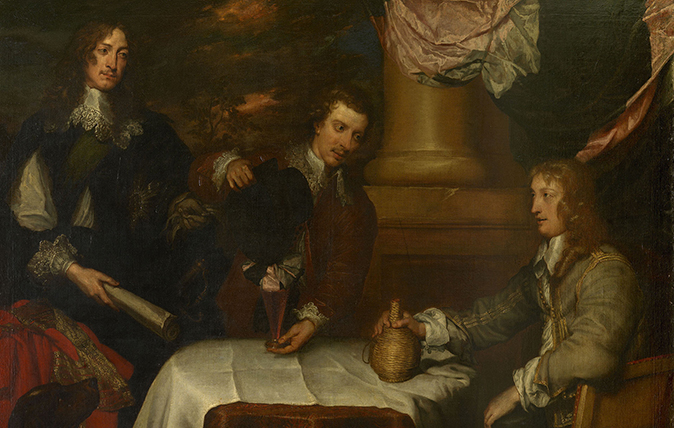

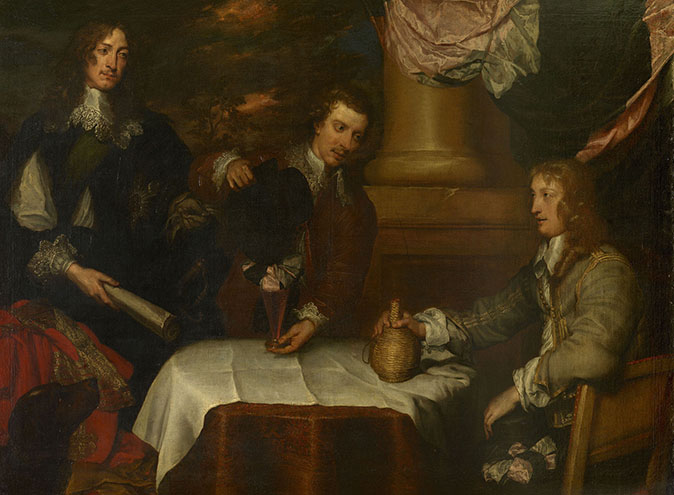
Prince Rupert (1619–82), Colonel William Murray (dates unknown) and Colonel John Russell (1620–81), 1645, by William Dobson (1611–46), 59¼in by 78¼in, Ashmolean Museum, Oxford
Bernard Taylor says: I have always been an admirer of William Dobson’s romantic portraits of my predecessor at Rycote, Montagu Bertie, and of the other Caroline great and good. During the Civil War, Dobson was in Oxford working in my old college, St John’s. The Ashmolean has just acquired its first Dobson, this lavish group portrait. I am fascinated by the drama clearly visible on the subjects’ faces and intrigued by the events that led to the painting of this scene. Bravo to all involved in returning this fantastic and iconic painting to Oxford and my imagination will run riot every time I walk past it.
Bernard Taylor is Chairman of the Ashmolean Museum in Oxford and lives at Rycote Park near Thame. He has recently been awarded a CBE
John McEwen comments on Prince Rupert, Colonel William Murray and Colonel John Russell: William Dobson is praised in Aubrey’s Brief Lives. Aubrey described the artist’s father as ‘a very ingenious person (Master of Alienation Office); but he spending his estate upon women, necessity forced his son Will Dobson to be the most excellent Painter that England hath yet bred’. Dobson’s maternal grandfather was also noteworthy, a prominent member of the Mercers’ Company, the premier livery company.
Dobson served a seven-year apprenticeship in Holborn to William Peake, son of Robert Peake, Serjeant-Painter to James I. He then moved to St Martin’s Lane in the parish of St Martin-in-the-Fields, close to the royal Court at Whitehall, a popular address for Court officials and artists seeking royal patronage. Among his neighbours were the Surveyor of the King’s Pictures and the German-born artist Francis Cleyn, to whom he was an assistant.
During the Civil War, the Court was exiled to Oxford, where Dobson replaced the recently dead Van Dyck as its favourite portraitist. Among his first sitters were Charles I and his nephew, the Royalists’ dashing cavalry commander, Prince Rupert. In 1645, Rupert surrendered Bristol and he and his staff officers, Murray and Russell, were dismissed by the King. Subsequently, Rupert was officially exonerated and received a royal pardon.
This climactic group portrait (rare for Dobson) was commissioned by the seated Russell to celebrate the pardon, which Rupert holds. Loyalty to the Royalist cause, the Prince and friendship is symbolised by Murray staining his cockade in a fraternal glass of blood-red wine. The picture has now been acquired by the Ashmolean, its first Dobson.
Sign up for the Country Life Newsletter
Exquisite houses, the beauty of Nature, and how to get the most from your life, straight to your inbox.
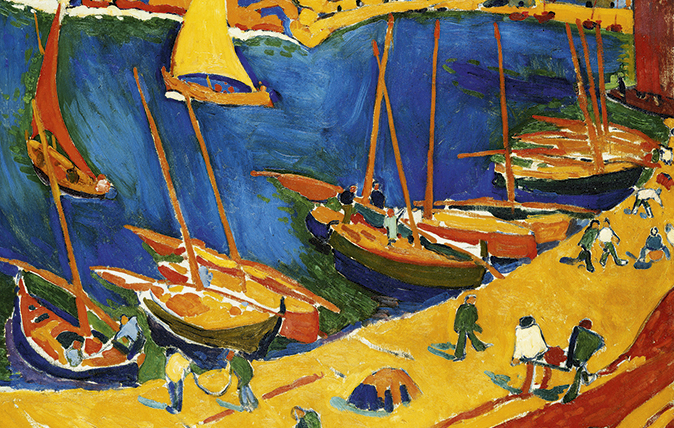
My favourite painting: Peter May
'Vividly coloured sailing boats in a harbour, which I gazed at for hours'
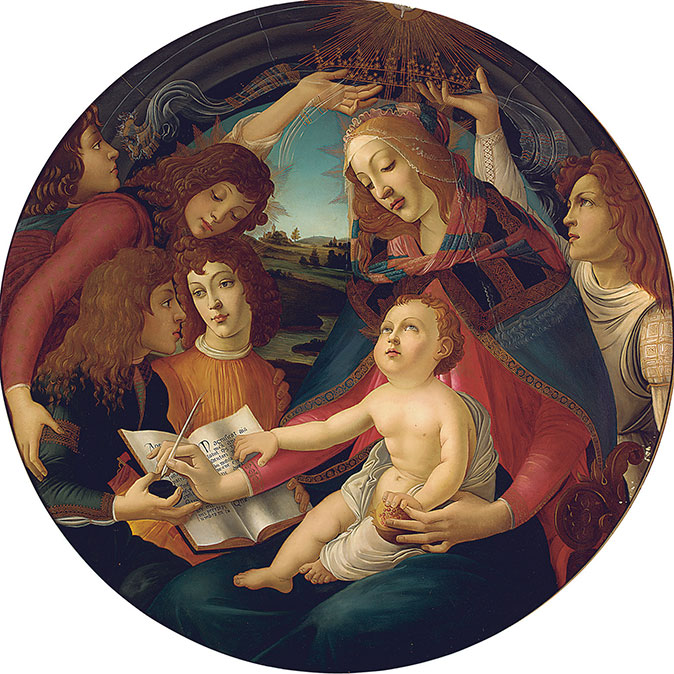
Credit: Bridgeman Images
My favourite painting: Mark Price
'The picture reminds me of her: I swear she is an angel.'
Country Life is unlike any other magazine: the only glossy weekly on the newsstand and the only magazine that has been guest-edited by HRH The King not once, but twice. It is a celebration of modern rural life and all its diverse joys and pleasures — that was first published in Queen Victoria's Diamond Jubilee year. Our eclectic mixture of witty and informative content — from the most up-to-date property news and commentary and a coveted glimpse inside some of the UK's best houses and gardens, to gardening, the arts and interior design, written by experts in their field — still cannot be found in print or online, anywhere else.
-
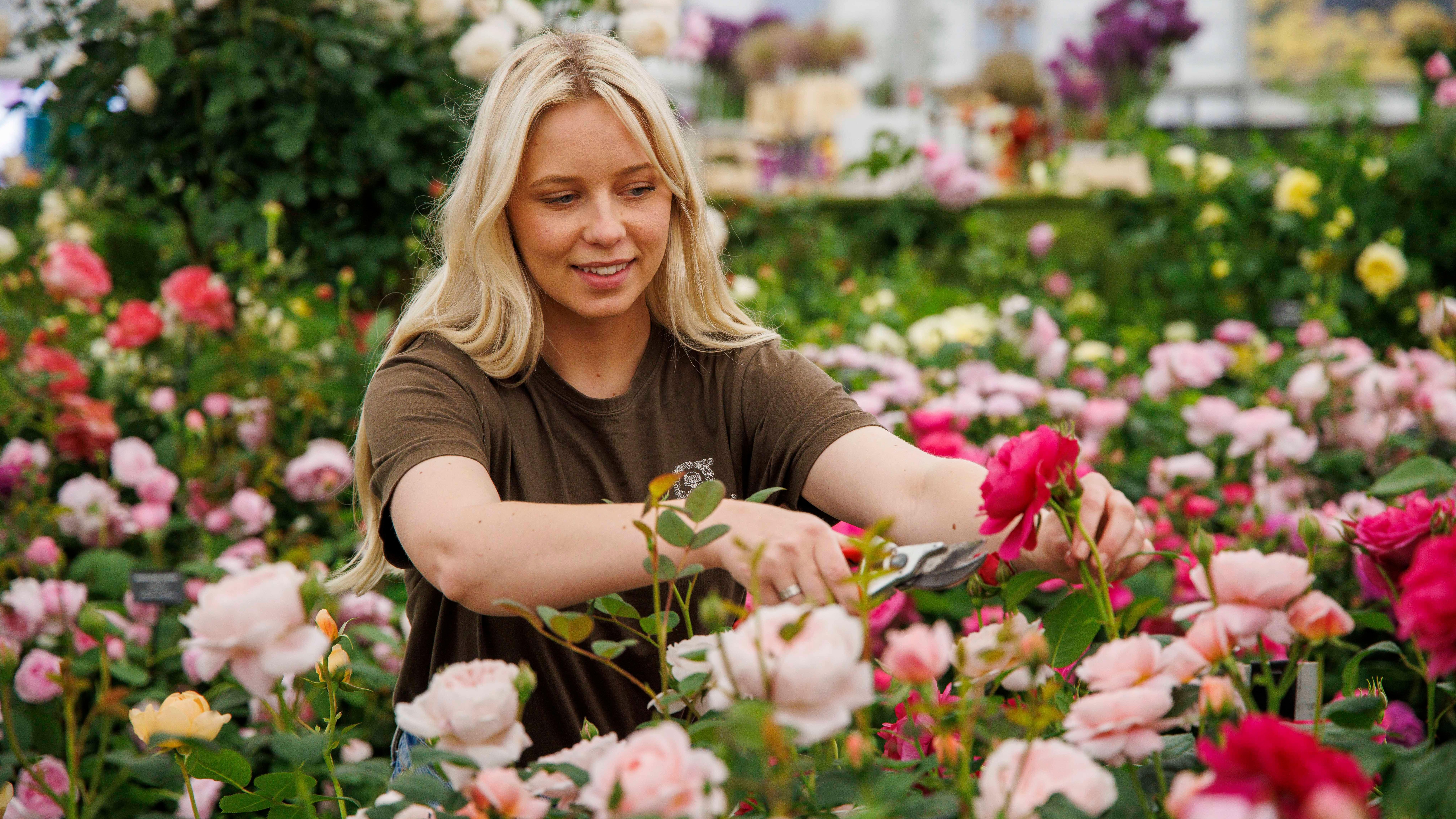 Chelsea Flower Show 2025: The essential guide for first timers
Chelsea Flower Show 2025: The essential guide for first timersThe RHS has gone to great lengths to make the Chelsea Flower Show as fun and accessible for people of all gardening abilities. If you're planning to visit for the first time, here's everything you need to know.
-
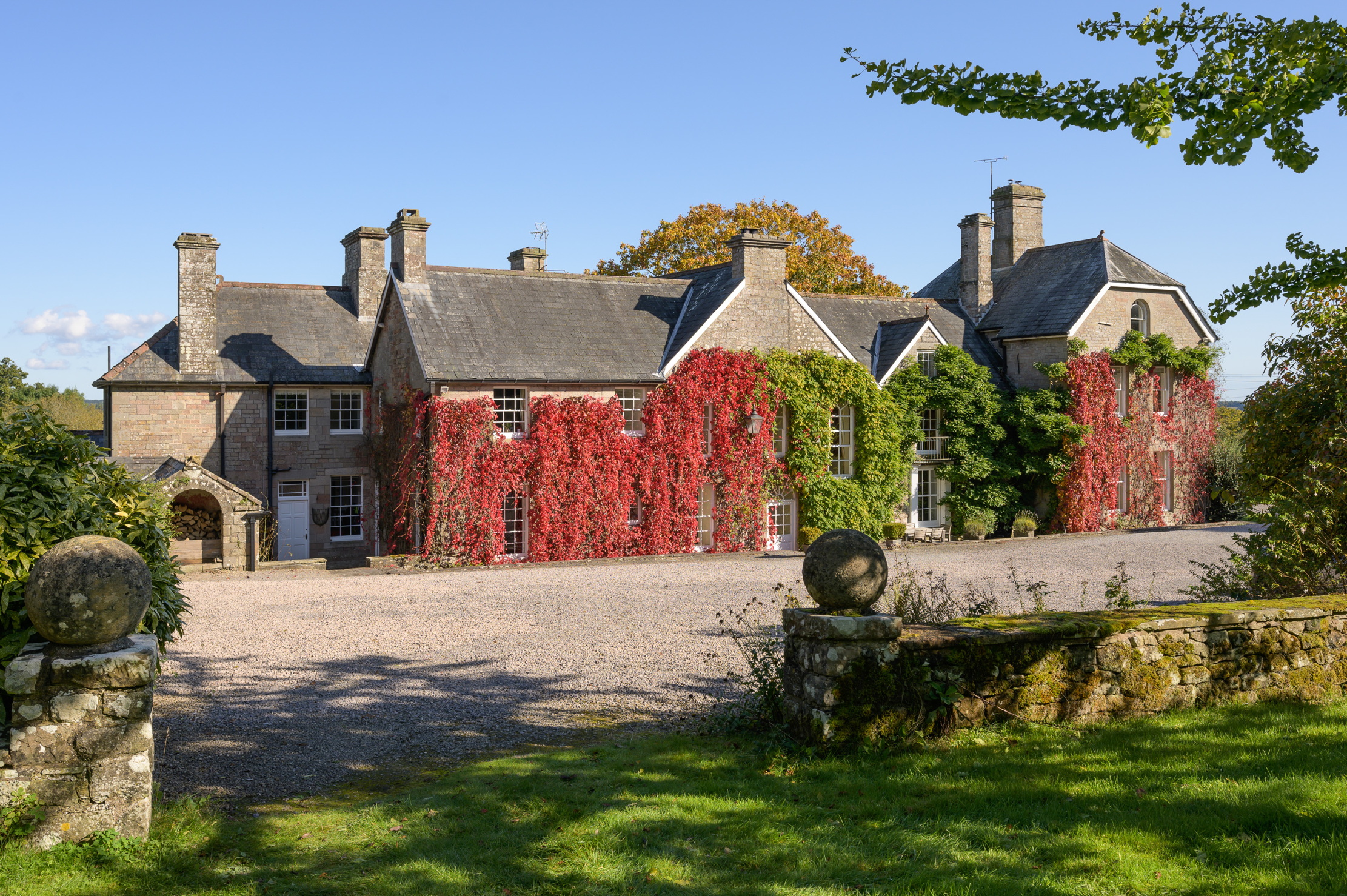 Over the Hills and Far Away: Robert Plant's Welsh hideaway is up for sale
Over the Hills and Far Away: Robert Plant's Welsh hideaway is up for saleOther notable residents of The Argoed in the Wye Valley include George Bernard Shaw and Beatrice Webb.
-
 'As a child I wanted to snuggle up with the dogs and be part of it': Alexia Robinson chooses her favourite painting
'As a child I wanted to snuggle up with the dogs and be part of it': Alexia Robinson chooses her favourite paintingAlexia Robinson, founder of Love British Food, chooses an Edwin Landseer classic.
-
 The Pre-Raphaelite painter who swapped 'willowy, nubile women' for stained glass — and created some of the best examples in Britain
The Pre-Raphaelite painter who swapped 'willowy, nubile women' for stained glass — and created some of the best examples in BritainThe painter Edward Burne-Jones turned from paint to glass for much of his career. James Hughes, director of the Victorian Society, chooses a glass masterpiece by Burne-Jones as his favourite 'painting'.
-
 'I can’t look away. I’m captivated': The painter who takes years over each portrait, with the only guarantee being that it won't look like the subject
'I can’t look away. I’m captivated': The painter who takes years over each portrait, with the only guarantee being that it won't look like the subjectFor Country Life's My Favourite Painting slot, the writer Emily Howes chooses a work by a daring and challenging artist: Frank Auerbach.
-
 My Favourite Painting: Rob Houchen
My Favourite Painting: Rob HouchenThe actor Rob Houchen chooses a bold and challenging Egon Schiele work.
-
 My Favourite Painting: Jeremy Clarkson
My Favourite Painting: Jeremy Clarkson'That's why this is my favourite painting. Because it invites you to imagine'
-
 The chair of the National Gallery names his favourite from among the 2,300 masterpieces — and it will come as a bit of a shock
The chair of the National Gallery names his favourite from among the 2,300 masterpieces — and it will come as a bit of a shockAs the National Gallery turns 200, the chair of its board of trustees, John Booth, chooses his favourite painting.
-
 'A wonderful reminder of what the countryside could and should be': The 200-year-old watercolour of a world fast disappearing
'A wonderful reminder of what the countryside could and should be': The 200-year-old watercolour of a world fast disappearingChristopher Price of the Rare Breed Survival Trust on the bucolic beauty of The Magic Apple Tree by Samuel Palmer, which he nominates as his favourite painting.
-
 My favourite painting: Andrew Graham-Dixon
My favourite painting: Andrew Graham-Dixon'Lesson Number One: it’s the pictures that baffle and tantalise you that stay in the mind forever .'